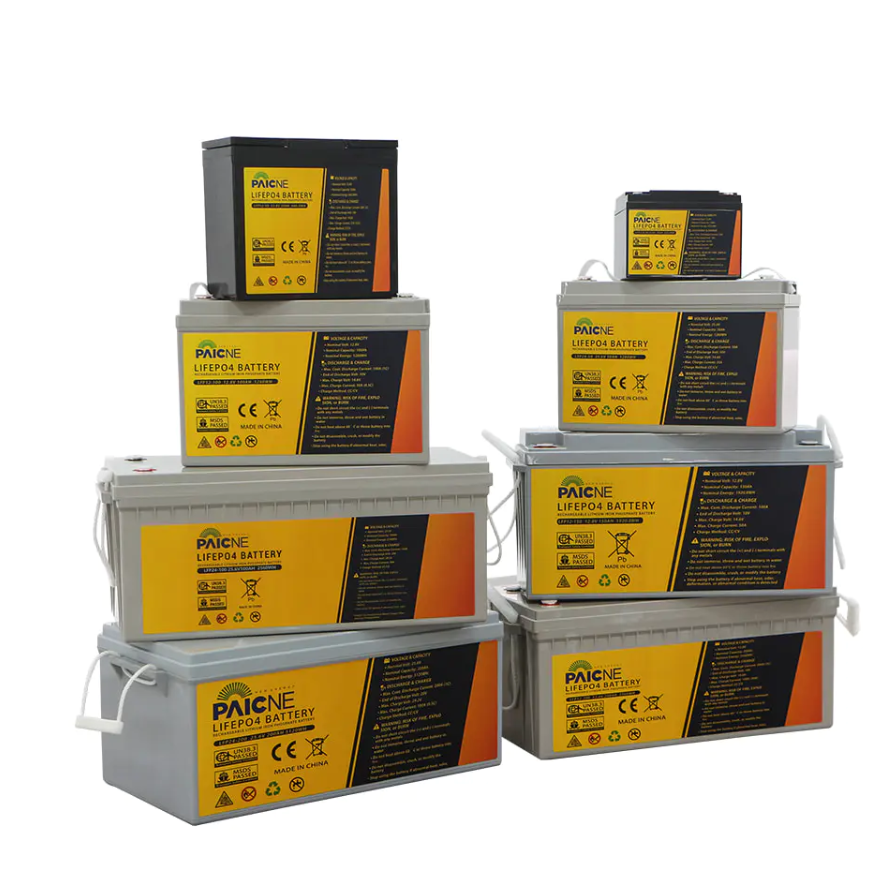The Lithium Iron Phosphate Battery, commonly referred to as LiFePO₄ battery, has gained significant popularity in recent years due to its impressive safety profile, long life cycle, and environmental friendliness. One of the most frequently discussed attributes of this battery chemistry is its behavior under high-temperature conditions. In many real-world applications, such as electric vehicles, outdoor energy storage systems, solar backup units, and industrial equipment, thermal stability is a critical concern. Therefore, understanding how a Lithium Iron Phosphate Battery performs in elevated temperatures is essential for system designers, engineers, and end-users alike.
Compared to other lithium-ion battery chemistries such as lithium cobalt oxide (LCO) or lithium nickel manganese cobalt oxide (NMC), the Lithium Iron Phosphate Battery is structurally and chemically more stable. The iron-phosphate bond is inherently stronger than the bonds in other lithium-based materials, which contributes to reduced thermal runaway risks. Thermal runaway is a dangerous condition where rising temperatures trigger uncontrolled chemical reactions, potentially leading to fire or explosion. The Lithium Iron Phosphate Battery, in contrast, typically exhibits a decomposition temperature above 270°C, far higher than other chemistries, making it one of the safest choices in high-heat scenarios.
From a performance perspective, high temperatures can accelerate the chemical kinetics inside any battery, which sometimes results in increased capacity or improved power output in the short term. However, prolonged exposure to heat usually leads to faster degradation. Fortunately, LiFePO₄ batteries degrade more slowly under thermal stress than most lithium-ion counterparts. They show minimal capacity fade over time, even when operated in ambient temperatures around 45–60°C, a range common in many outdoor or industrial environments.
In real-world testing, Lithium Iron Phosphate Batteries have demonstrated excellent resilience under heat. For instance, in tropical climates or inside sun-exposed electric vehicle compartments, where temperatures can routinely exceed 50°C, LiFePO₄ batteries maintain operational integrity without swelling, leakage, or significant capacity loss. In contrast, other lithium-ion chemistries often require elaborate cooling systems to ensure safety and reliability under similar conditions. This inherent thermal stability reduces the need for active thermal management, resulting in cost savings and simpler system designs.
Despite these advantages, it's important to acknowledge that no battery chemistry is entirely immune to high-temperature degradation. Even Lithium Iron Phosphate Battery cells can suffer from electrolyte evaporation, increased internal resistance, and shortened life cycles if exposed to extreme or sustained heat beyond their design limits. Therefore, manufacturers often recommend operating LiFePO₄ batteries within a specified thermal window—typically between -20°C and 60°C—for optimal longevity and safety. Integrating proper ventilation, thermal insulation, or passive heat shields can further enhance the high-temperature performance of these batteries.
Product Features:
1. High energy density: Lithium iron phosphate batteries have a high energy density, providing longer usage time and higher power output.
2. Long life: Lithium iron phosphate batteries use advanced materials and manufacturing processes, resulting in a longer service life and the ability to withstand more charge and discharge cycles.
3. High temperature tolerance: Lithium iron phosphate batteries can operate normally in high-temperature environments without being damaged or reducing performance due to excessive heat.
4. Fast charging: Lithium iron phosphate batteries support fast charging, allowing them to be fully charged in a short time, improving efficiency.
5. Safety performance: Lithium iron phosphate batteries have high safety performance, ensuring no explosion or fire hazards occur, making them safer and more reliable for use.
